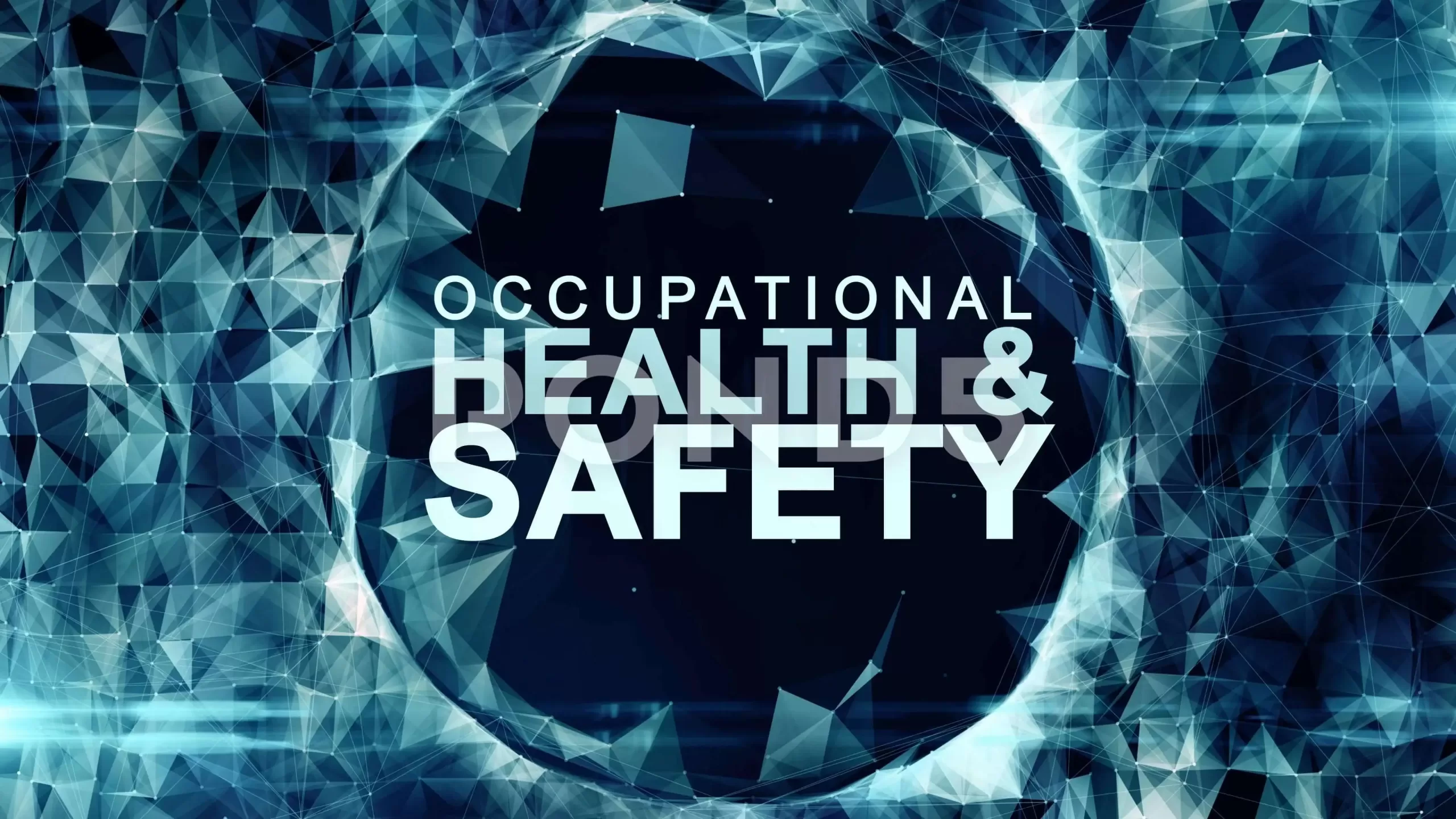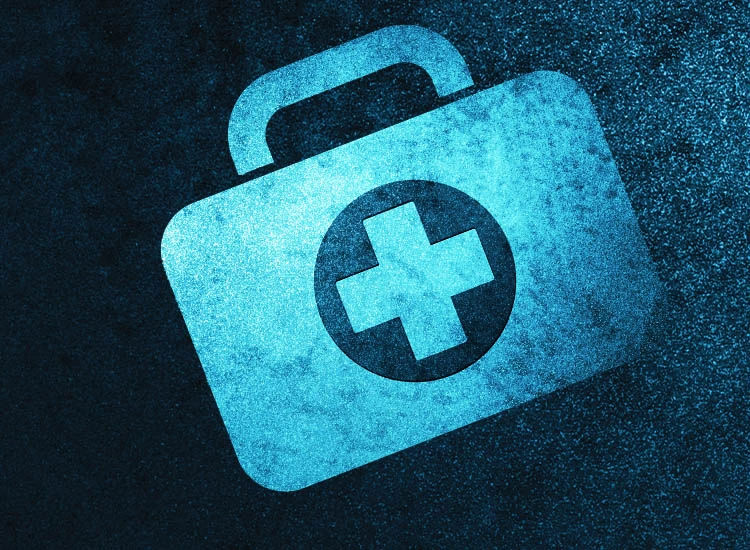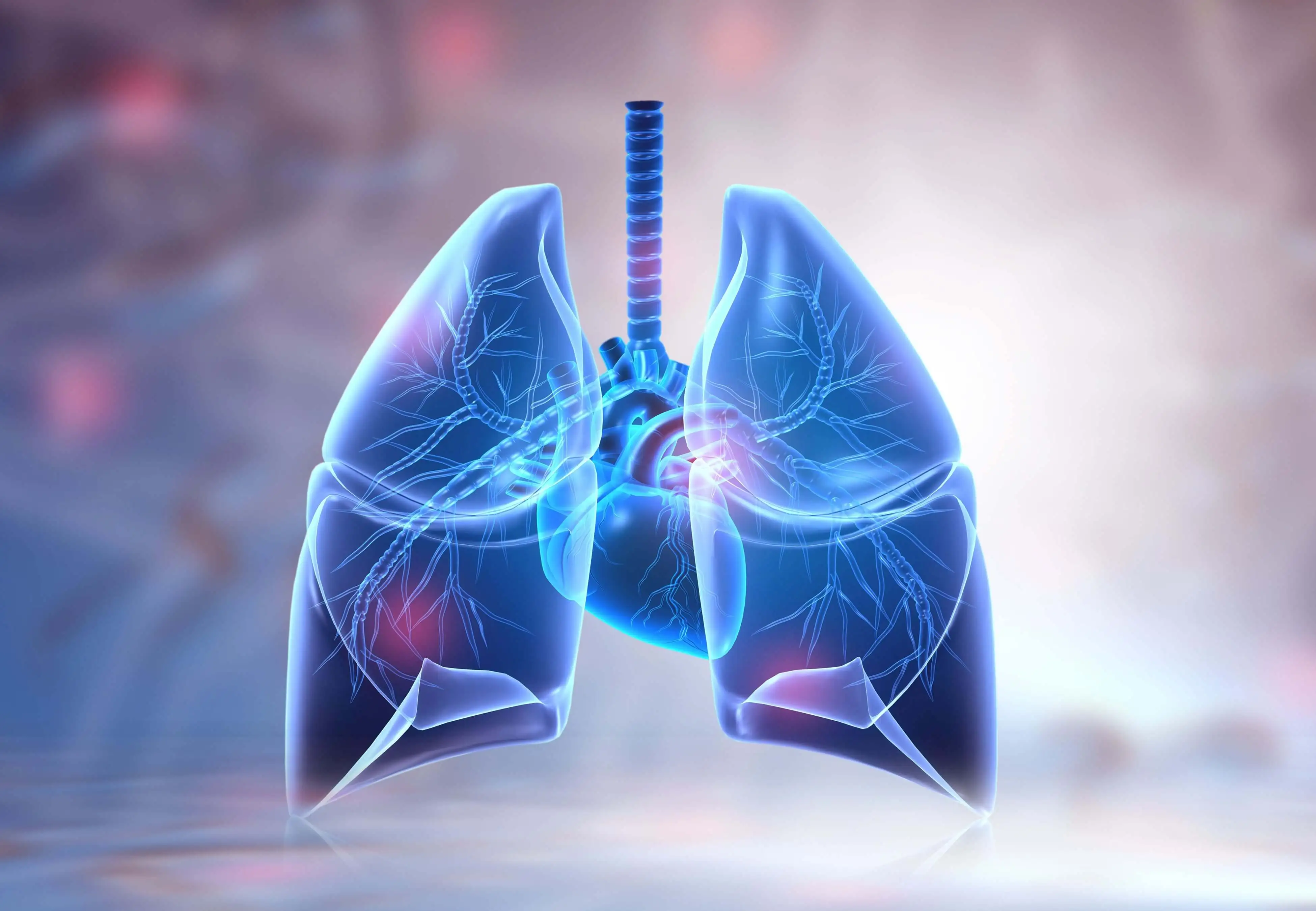Occupational health is the science of promoting health and reducing illness as a result of an individual's...
Read MoreNoise-Induced Hearing Loss | Signs, Diagnosis & Prevention
Introduction
Noise-induced hearing loss (NIHL) is a type of progressive deafness caused by noise exposure due to permanent damage to the cochlear hair cells.
NIHL can be caused by a one-time exposure to a very loud sound, blast, or impulse, or by prolonged exposure to loud sounds.
Although there are multiple sources of noise in everyday life, severe noise-induced hearing loss is almost always the result of occupational exposure.
Hearing loss begins in the high frequencies and quickly progresses to impair hearing in the medium-high frequencies, which are the most important in human speech.
As a result, noise-induced hearing loss tends to impair the worker’s ability to understand speech relatively early.
This can lead to serious communication, social, and psychological problems, especially as the worker gets older.
It almost always occurs in both ears, usually roughly equally, with one exception.
Unilateral hearing loss is common when firearms are frequently used on the job, such as among police officers who do not use hearing protection during target practice.
Signs of Hearing Loss
- Speech and other sounds appear to be muffled.
- Hearing difficulties with high-pitched sounds (e.g., birds, doorbell, telephone, alarm clock).
- Difficulty hearing conversations when in a noisy environment, such as a restaurant.
- Difficulty understanding speech over the phone.
- Hearing difficulties with speech consonants (e.g., trouble hearing the difference between s and f, between p and t, or between sh and th in speech).
- Asking people to speak clearly and slowly.
- Asking someone to speak louder or repeat their words.
- Increasing the radio or television’s volume.
- Ear ringing.
- Hypersensitivity to specific sounds (certain sounds are very bothersome or create pain).
Occupations Causing Noise-Induced Hearing Loss
- Quarrying and mining.
- Food industry.
- Agriculture.
- The entertainment industry (pubs, clubs, discos).
- Armed forces and security services.
- Construction industry.
- Metalworking.
- Aviation.
Diagnosing Noise-Induced Hearing Loss
The diagnosis of occupational hearing loss is based on a history of exposure to work-related noise, the exclusion of other causes of hearing impairment (including through ear examination), and an audiometric examination.
An audiologist must perform identification and measurement tests to determine whether a person has suffered an NIHL.
The audiologist measures auditory thresholds in decibels (relative to normal hearing) by using an audiometer to detect pure tones at various frequencies and recording the results on an audiogram (a frequency-intensity graph).
The subject should be seated in a test room with limited background noise and wear headphones connected to the audiometer.
All thresholds for a person with normal hearing are lower than 25 dB. However, with an NIHL, the loss is quantifiable across the range of testing.
The maximum loss is typically observed at 4,000 Hz. People usually do not report hearing difficulty until they have a hearing loss of more than 25 dB at a frequency of ≤4,000 Hz.
Prevention of Noise-Induced Hearing Loss
A hearing conservation program includes noise exposure mapping and engineering controls to reduce exposure.
Administrative measures to lessen noise exposure.
Periodic surveillance of exposed workers with audiograms.
the provision of personal protection, such as earplugs and ear muffs (choosing those that are rated to block noise effectively), and instructions on how to use them.
Summary
Noise-induced hearing loss (NIHL) is a type of progressive deafness caused by noise exposure due to permanent damage to the cochlear hair cells.
NIHL can be caused by a one-time exposure to a very loud sound, blast, or impulse, or by prolonged exposure to loud sounds.
Hearing loss begins in the high frequencies and quickly progresses to impair hearing in the medium-high frequencies, which are the most important in human speech.
Signs of hearing loss include speech and other sounds that appear to be muffled, hearing difficulties with high-pitched sounds, difficulty hearing conversations when in a noisy environment, difficulty understanding speech over the phone, ear ringing, and hypersensitivity to specific sounds.
The diagnosis of occupational hearing loss is based on a history of exposure to work-related noise, the exclusion of other causes of hearing impairment (including through ear examination), and an audiometric examination.
An audiologist must perform identification and measurement tests to determine whether a person has suffered an NIHL.
To prevent NIHL a hearing conservation program includes noise exposure mapping and engineering controls to reduce exposure and administrative measures to lessen noise exposure.
How useful was this post?
Click on a star to rate it!
Average rating 0 / 5. Vote count: 0
No votes so far! Be the first to rate this post.
I'm sorry that this post was not useful for you!
Let me improve this post!
Tell me how I can improve this post?
References
Hughes, P., & Ferrett, E. (2021). Introduction to health and safety at work: For the Nebosh National General Certificate in Occupational Health and Safety. Routledge.
Guidotti, T. L. (2011). Global Occupational Health. Oxford University Press.
Karmis, M. (2009). Mine Health and Safety Management. Society for Mining, Metallurgy and Exploration Incorporated.
Sadhra, S. S., Bray, A., & Boorman, S. (2022). Oxford Handbook of Occupational Health. Oxford University Press.
Centers for Disease Control and Prevention. (2021, August 24). How do I know if I have hearing loss caused by loud noise? Centers for Disease Control and Prevention. Retrieved December 23, 2022, from CDC
Centers for Disease Control and Prevention. (2022, July 21). Preventing noise-induced hearing loss. Centers for Disease Control and Prevention. Retrieved December 23, 2022, from CDC
Workplace safety signs are a crucial component of accident prevention for employees. First aid signs are signs...
Read MoreOrganic Dust Toxic Syndrome (ODTS) | Symptoms, and Treatments
Organic Dust Toxic Syndrome (ODTS) is an acute inflammatory condition of the lower respiratory tract. It is...
Read MoreChemical hazards are a significant occupational health and safety concern in the workplace. They may harm a...
Read MoreRecent Posts
-
SAPHO Syndrome | Causes, Symptoms, Diagnosis & Treatments
-
Systemic Lupus Erythematosus | Causes, Symptoms & Treatments
-
Gastric Ulcers | Causes, Symptoms, Complications & Treatments
-
Wiskott-Aldrich Syndrome | Causes, Symptoms & Treatments
-
The 4 Stages of HIV Infection | Ultimate Guide
-
Good’s Syndrome | Symptoms, Causes & Treatments
-
Acquired Angioedema | Causes, Symptoms & Treatments
-
Rheumatoid Arthritis | Symptoms, Causes, Diagnosis & Treatments
-
Acute Pancreatitis | Causes, Symptoms, Diagnosis and Treatments
-
Pernicious Anemia | Causes, Symptoms, Diagnosis and Treatments
-
Sickle Cell Anemia | Causes, Symptoms, Diagnosis and Treatments
-
Aplastic Anemia | Causes, Symptoms, Diagnosis and Treatments
-
Diamond Blackfan Anemia | Causes, Diagnosis and Treatments
-
Sideroblastic Anemia | Causes, Symptoms & Treatments
-
Organic Dust Toxic Syndrome (ODTS) | Symptoms, and Treatments





